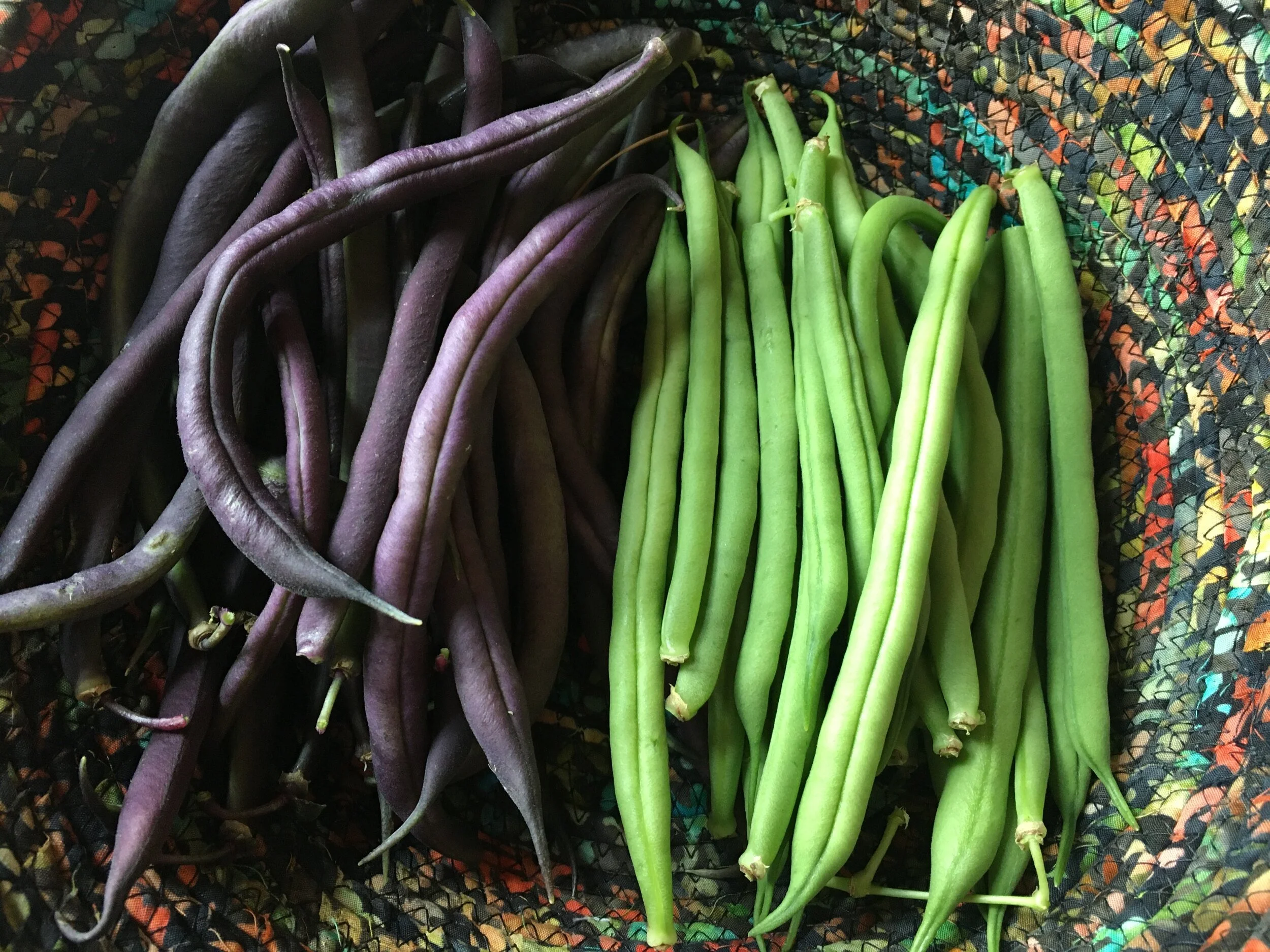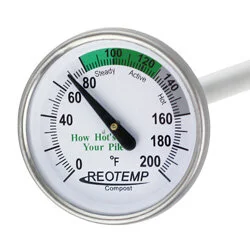Planting Vegetables and Soil Temperature
My tomatoes are ready to be transplanted to the garden. It’s been a cool spring and many of my winter crops persist without bolting or disease. Beets and carrots near harvest where the tomatoes need to go. As an interim measure, I’ll move the tomato to quart containers.
Then there is the question of the soil temperature. Tomatoes will grow best with the transplant soil temperature between 65-75 degrees F. For the next three days, I’ll be checking the soil temperature first thing in the morning. In view of this, I decided to repost this piece.
On a garden calendar where I keep record of plants added to the garden I had scrawled, “Plant warm-season vegetables when the soil is 60 degrees at 6 inches.” I failed to note the source of this advice, but it prompted further investigation. I asked my friend at San Diego Seed Company and she advised caution especially with beans which don’t germinate well in cool soil. She also had some other suggestions I’ll share later. Another seasoned gardening neighbor had heard something similar and thought it came from Pat Welsh in Southern California Organic Gardening. I couldn’t find a reference. So off to an internet search.
I’ve never felt it was necessary to check soil temperature and maybe it isn’t. I plant when the plants are ready and I know it’s about the right time here in my USDA Zone 10b and Sunset Zone 24 garden. My husband offered to bring a thermometer home from his lab so I could do some soil temperature tests. Gardening for me is both art and science.
This year I’m interested in pushing up planting times since in recent years late April through June and sometimes into July the weather is overcast and cool here in the fog belt. (Reference my earlier post Growing Tomatoes in the Fog Belt). Typically March and April are sunny and warm. Could I push up my planting times into the first half of April instead of early May?
I have room now to plant my ‘Royal Burgundy’ and ‘Provider’ bush beans. Giving the zucchini a head start might result in less powdery mildew. So here’s the best piece I read on soil temperature, explaining the problems with cool soil and some of the science. It’s from the Harvest to Table blog written by a Master Gardener in Northern California.
Vegetable Planting and Soil Temperature
Back to my scrawled note about 60 degrees at 6 inches. From my reading, for seeds, checking soil temperature at 1-3 inches is adequate. For transplants, plunge the tip of the thermometer to 4-6 inches. Check the temperature in the early morning before sun warms the soil. If the thermometer is digital the first read should be accurate. With a standard one, read after 15 minutes. Here are some other takeaways from my research.
—For warm season crops optimal soil temperature is 65-75 degrees. Tomatoes especially like the higher soil temperatures.
—Vegetable seeds require minimum temperatures to germinate and grow. Germination rates will be higher when seeds are sown at optimal temperatures.
—Cool-season vegetables like peas, arugula, mustard, radish, carrots, beets, chard, scallions and lettuce will germinate at lower temperatures. I’ve observed that planting the winter garden seeds in October results in better germination and growth since the soil is warmer than in November or early December.
—A floating row cover can increase soil temperature. Composted chicken manure in an area around transplants can boost the temperature. These suggestions are from San Diego Seed Company.
For optimal soil temperatures for various vegetables check the Harvest to Table chart.
My soil temperature is about 56 degrees in the raised bed where I will grow zucchini. It has good sun now since the apricot tree has not leafed out so I planted two mounds. Just in case, I’ve started a few seeds indoors should my experiment fails. Gardening is about experimentation.
Use a soil thermometer to check compost pile temperatures too. Stems come in varying lengths. Leave a comment to share how you know when it’s time to plant warm season crops.
To leave a comment, click on “Leave a comment/Show comments,” enter the comment, then insert your name. Email address and website URL are optional. Finally, click on “Comment as Guest” to post comment.









